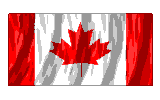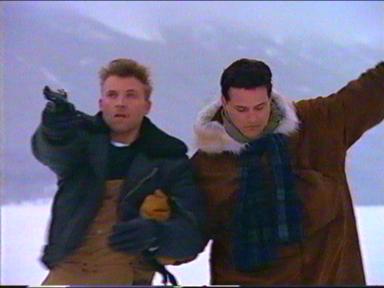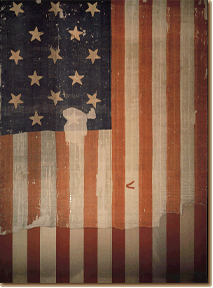 Loryn's Due South Shrine - A Brief RCMP History
Loryn's Due South Shrine - A Brief RCMP History
On 30 August 1873, Parliament passed an act establishing the North West Mounted Police for the purpose of bringing law and order to the western prairieland. Within a few years its expanded role was to safeguard the building of a railway and to provide protection for new settlers. From the Maritimes, Quebec, and Ontario, 150 men were accepted. Another 150 were recruited in Toronto within the next 6 months by Commissioner George French, the widely-experienced army officer who was to mobilize the NWMP and lead it west.
A constable's pay was $1 a day. At the end of 3 years, if he had performed his duties efficiently and conducted himself satisfactorily, he could apply for a grant of 160 acres of the prairie land he was safeguarding.
The morale and traditions of the Force were established in its first year by The Great March. On 8 July 1874, from an assembly point 60 miles south of Winnipeg, a two-mile column moved out. This included the following: 275 men, 310 horses, 142 draught oxen, 93 cattle for slaughter, 114 Red River carts, 73 wagons, 2 nine-pounder muzzle-loading field guns, and 2 brass mortars. Included in this was a company of lancers to lead them into Indian territory. The journey was long and hard, with rough country that destroyed much of the wagons. Animals died of hunger and thirst through nature-ravished pasturage. But in four months the men had marched more than 1000 miles, evicted the renegade whiskey traders who were debauching the Indians, and built their first fort - without losing a man.
From the 1870s nwards, there was no gun law of the kind used in the U.S. The Force's presence was an exercise in moral authority rather than physical force; the Mounties were always few. They served not just as law enforcers but also as rescuers, postmen, medical workers, and a virtual welfare system. Another task would be to sign treaties with the Indians, end inter-tribal warfare, and help Indians onto reservations. That a handful of men succeeded in all this is one of the miracles of Canadian history.
In 1904, King Edward VII officially bestowed the prefix Royal for the great service rendered by the Force in the Boer War campaign. The name was officially changed in 1920 to Royal Canadian Mounted Police when the Force was given policing duties throughout Canada.
Members are still called Mounties, but it's been a long time since a recruit was required to learn how to mount a horse. They are active in a variety of ways all over Canada. As a national police force, the conduct criminal investigations against organized crime, narcotics, and commercial fraud. They also used to be responsible for security and intelligence, but these functions were shifted to a new civilian agency in 1984. In the Territories, they perform a similar role to the forbears on the prairies, mediating between natives and settlers.
The Royal Canadian Mounted Police (Gendarmerie royale du Canada) is a civil force responsible for enforcing federal laws throughout Canada. Under contract, it enforces provincial statutes and the criminal code in all province except Ontario and Quebec, which have their own provincial police forces. The Force has liaison officers in Washington, D.C., and London, and at the Paris headquarters of Interpol. It operates the Canadian Police College, where Force members and selected representatives of other Canadian and foreign police forces study the latest advances in crime prevention and detection. Along the northern frontier, the RCMP is still the advance guard of settlement and development.
The scarlet tunic was adopted from the British Army to suggest the Empire and impress the native peoples.
The popluar saying They always get their man was coined by an American newspaper The Fort Benton Record in its comment "They fetch their man every time."
Back to RCMP Characters
 |  |  |  |  |  |  |
| RCMP Characters | RCMP Tutorial | Canadian Tutorial | CPD Characters | CPD Tutorial | Due South Songs | News Desk |
 Loryn's Due South Shrine - A Brief RCMP History
Loryn's Due South Shrine - A Brief RCMP History Loryn's Due South Shrine - A Brief RCMP History
Loryn's Due South Shrine - A Brief RCMP History





